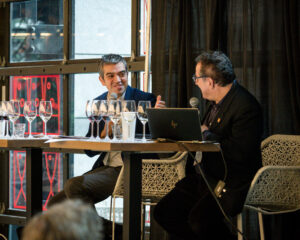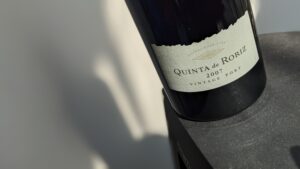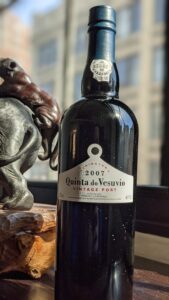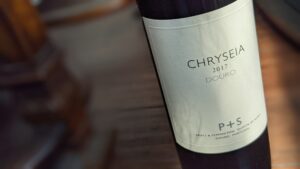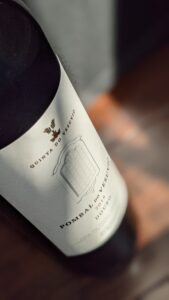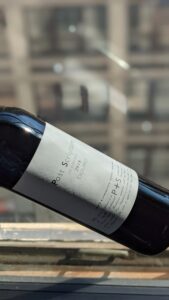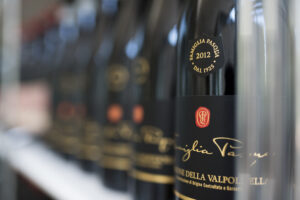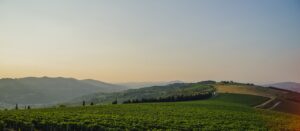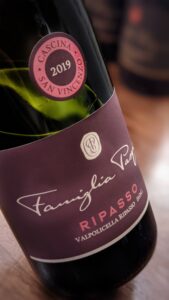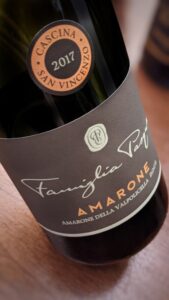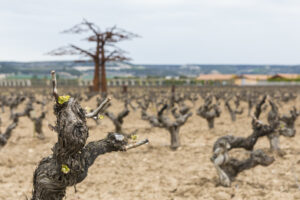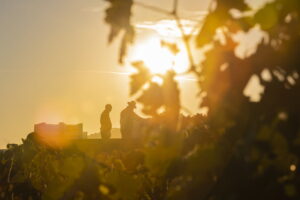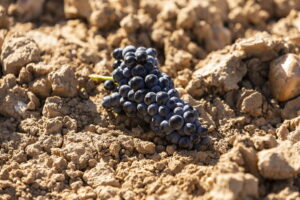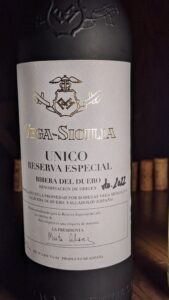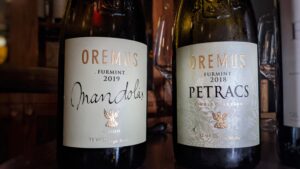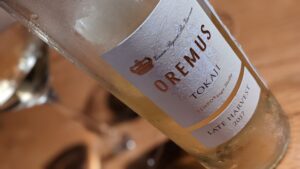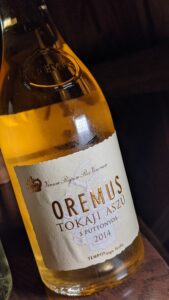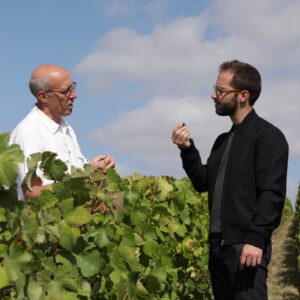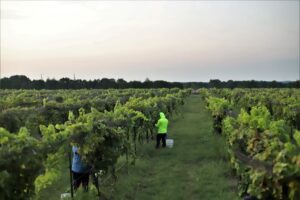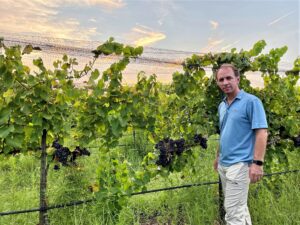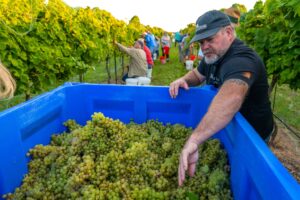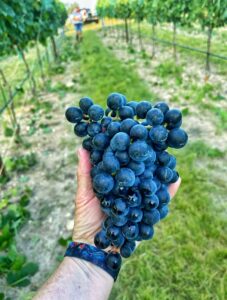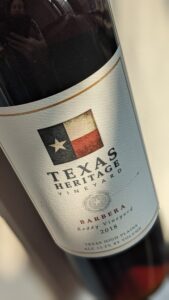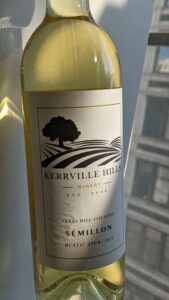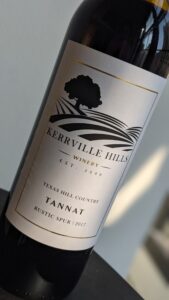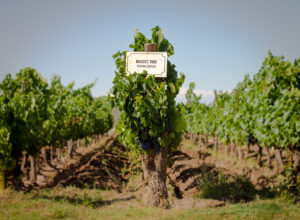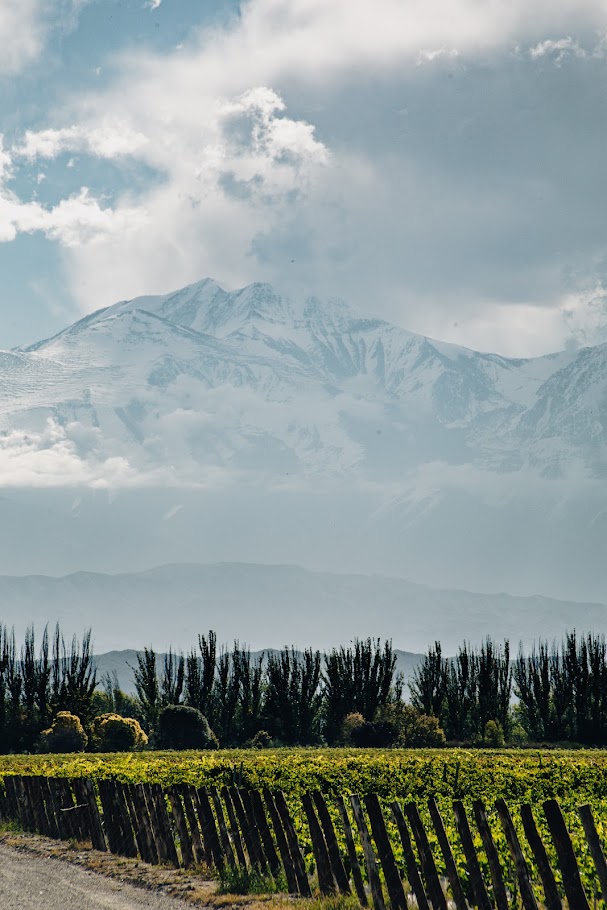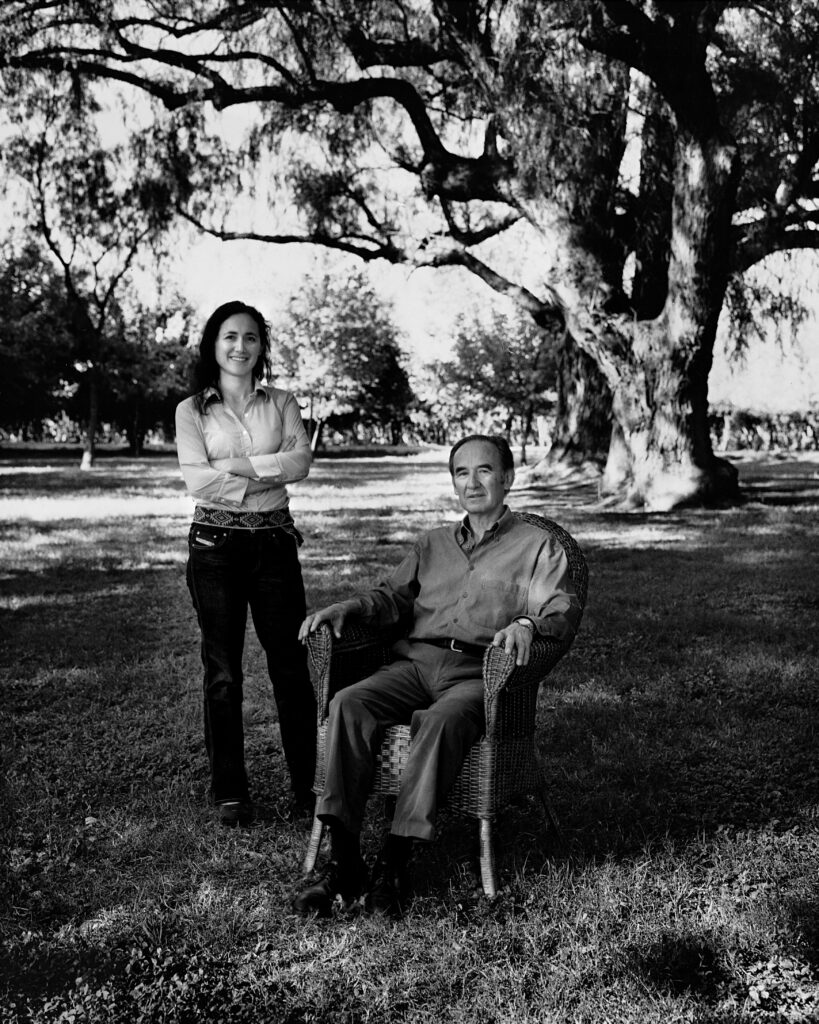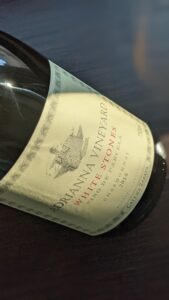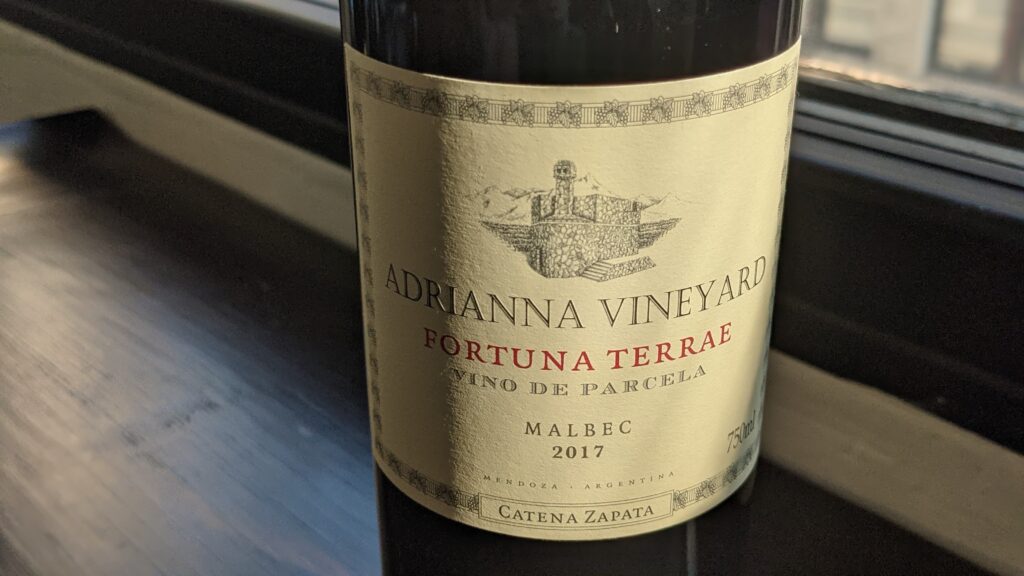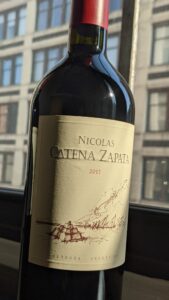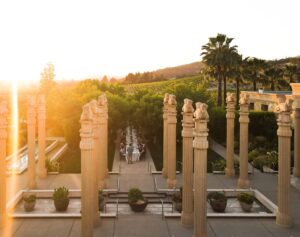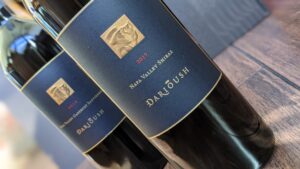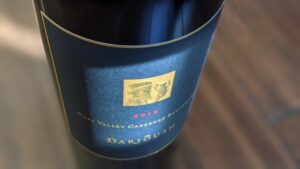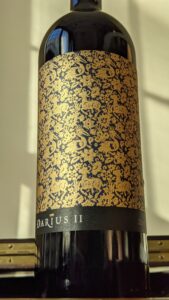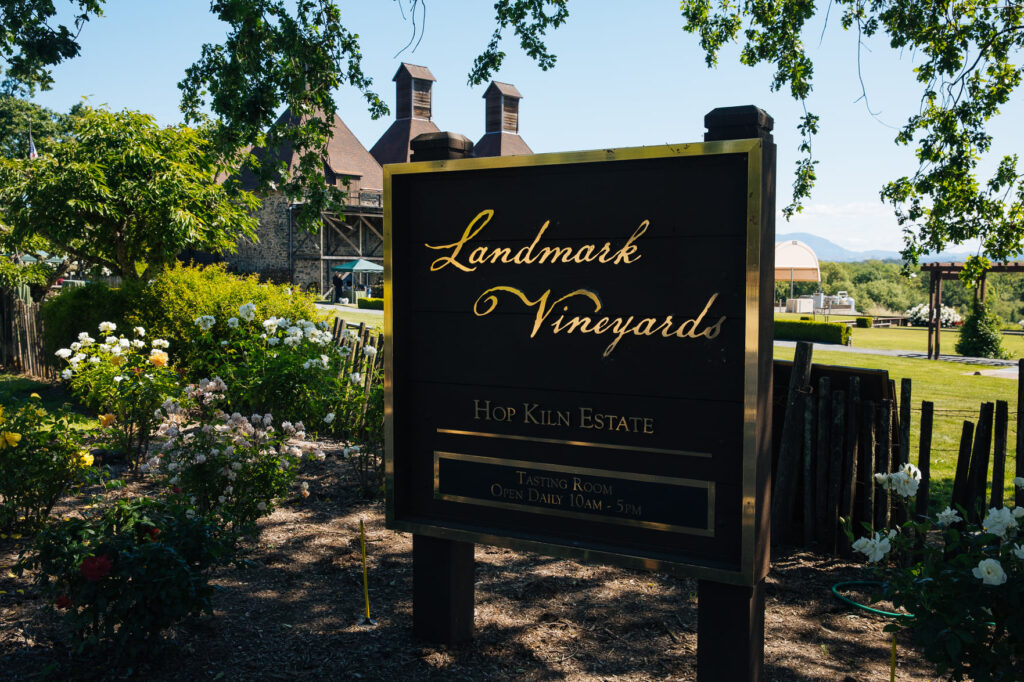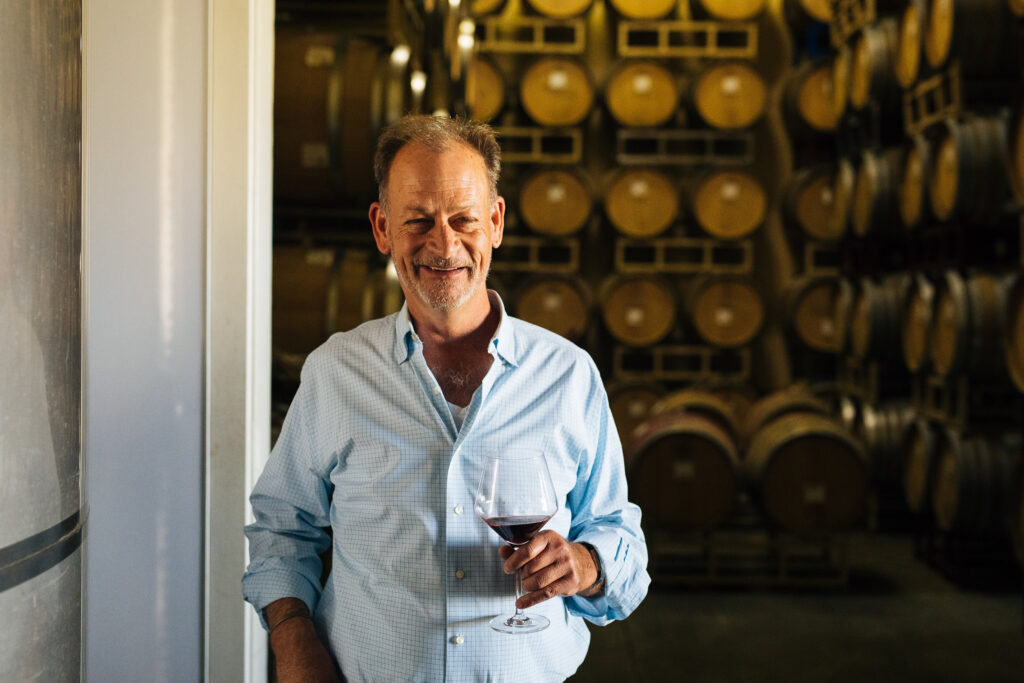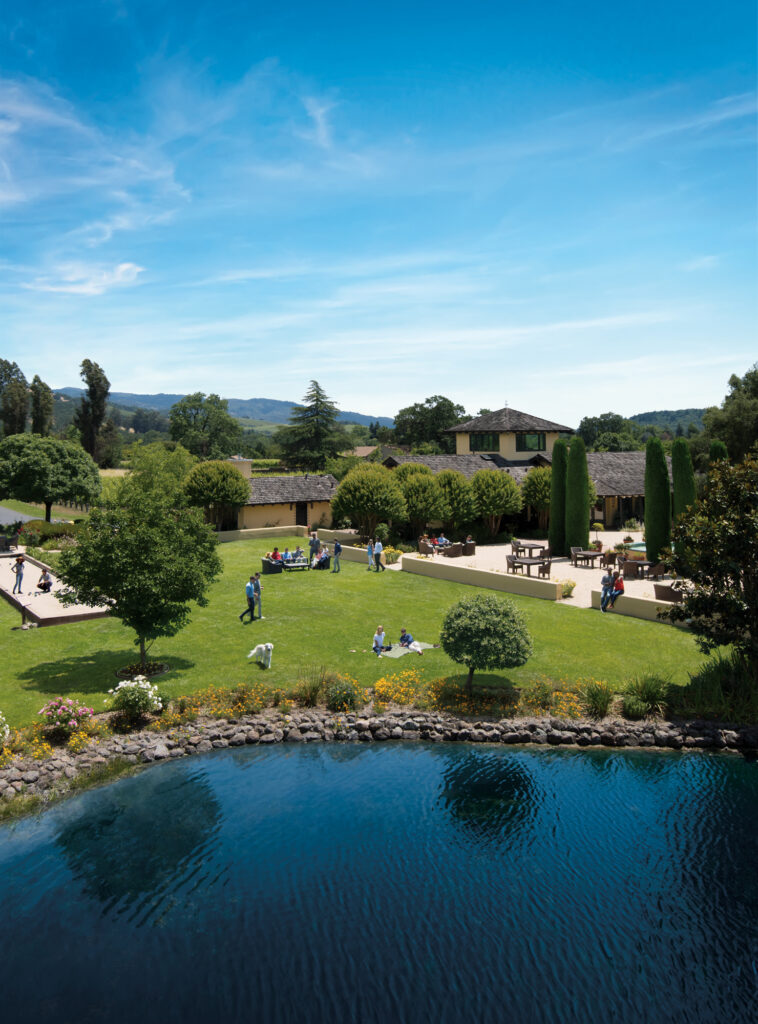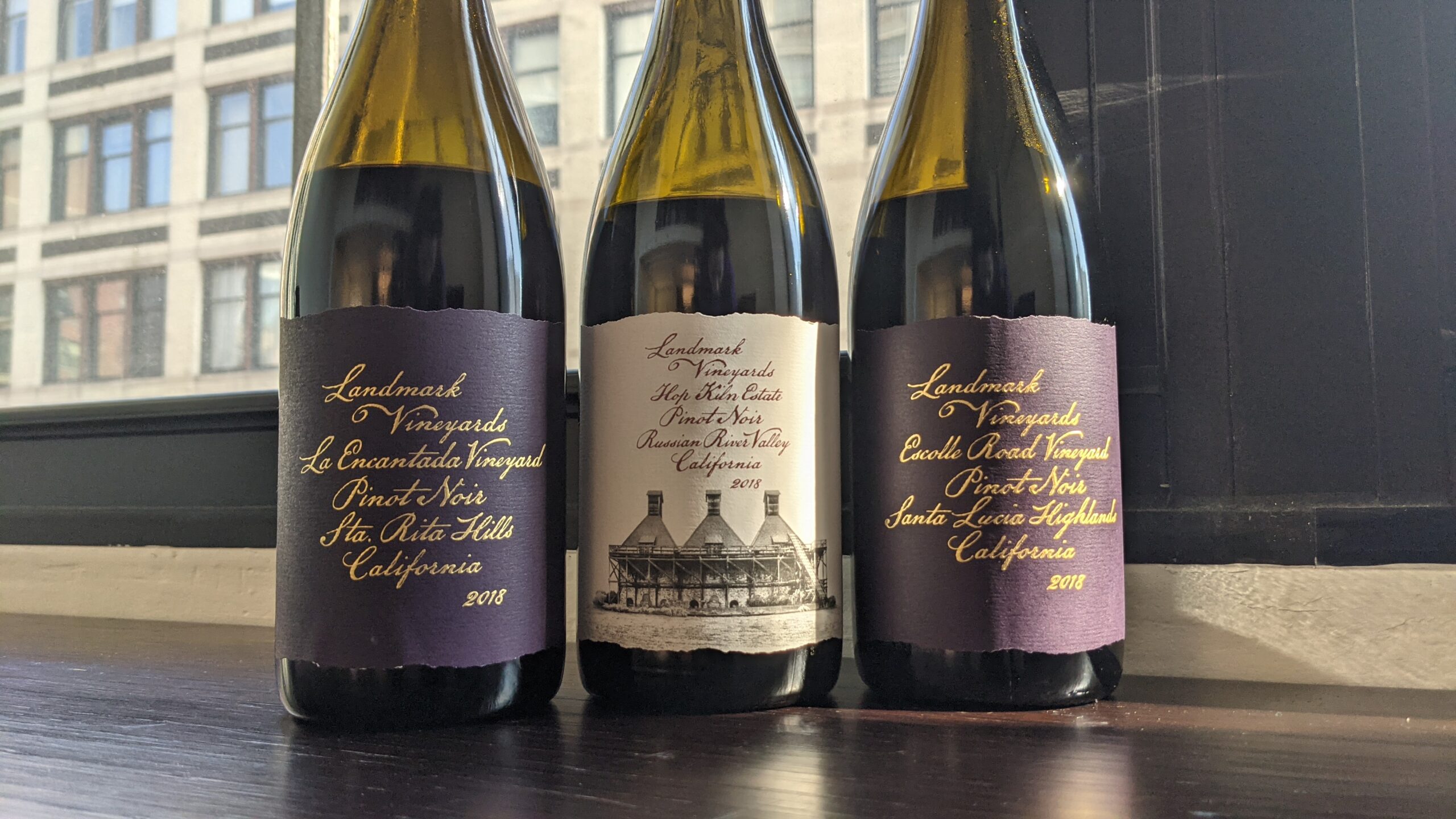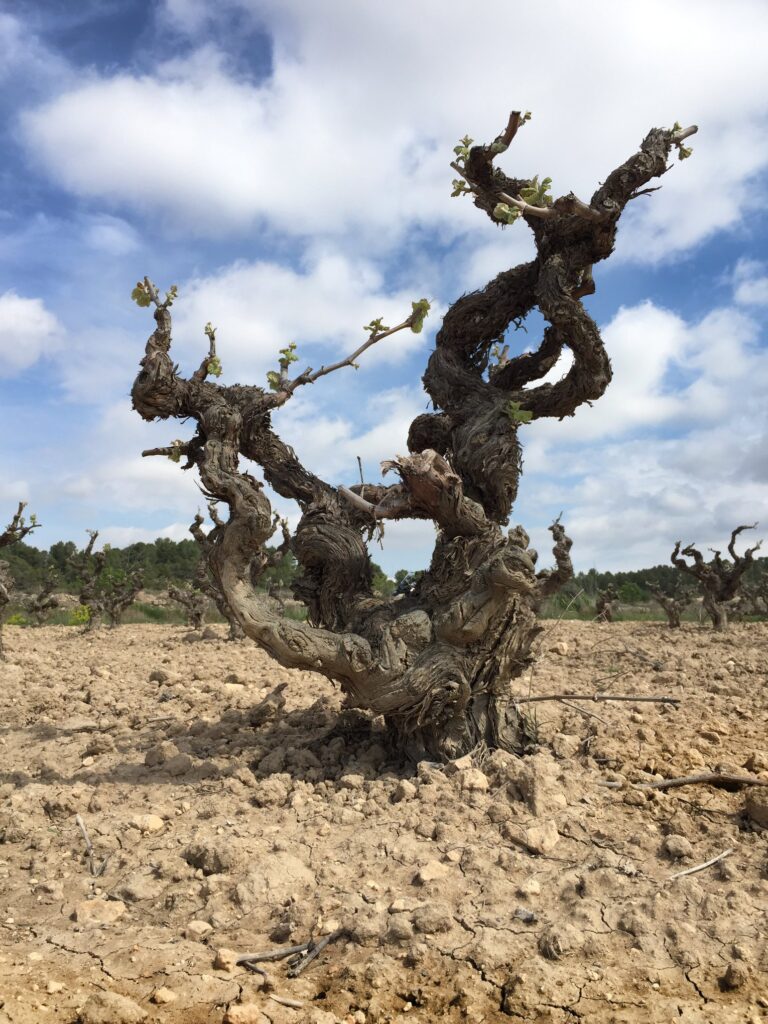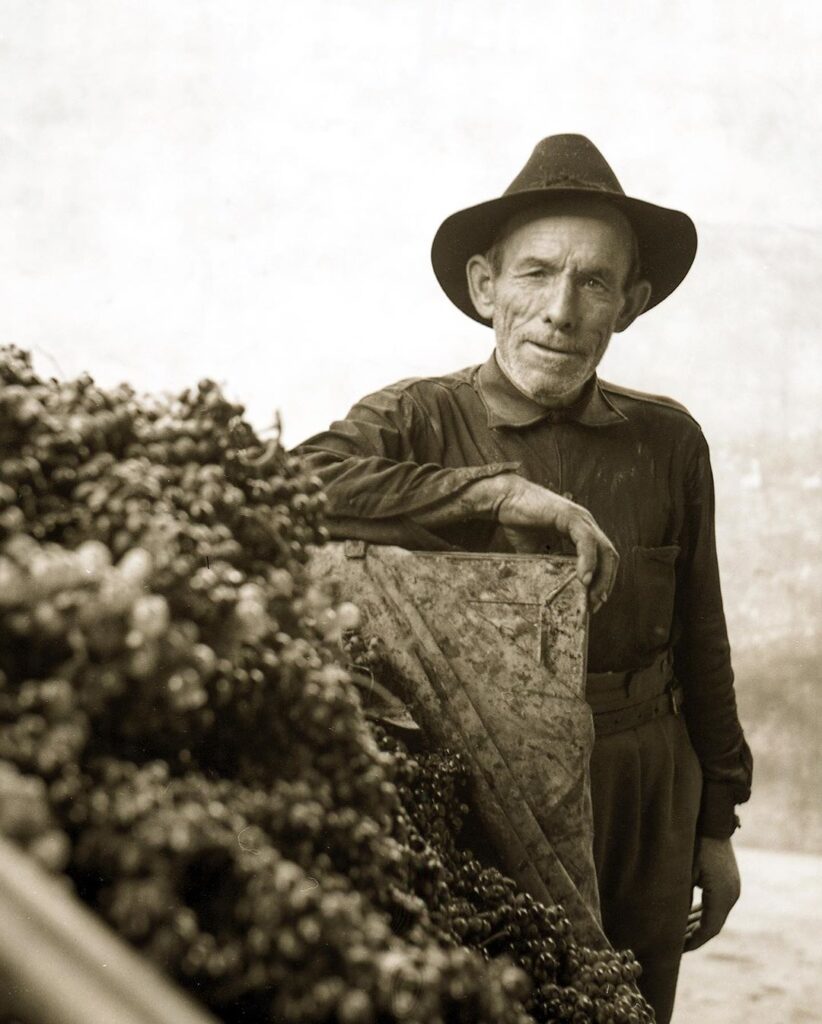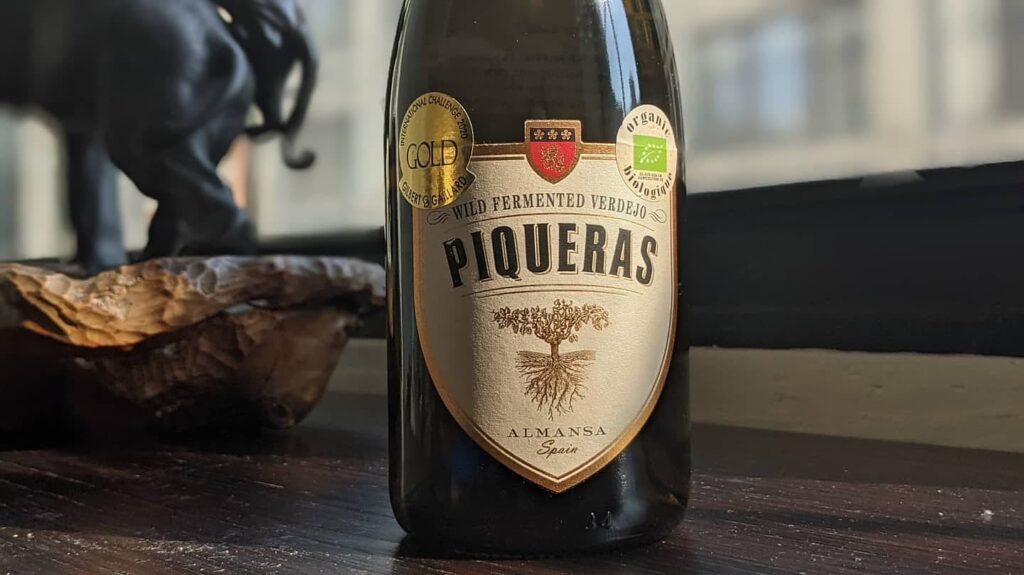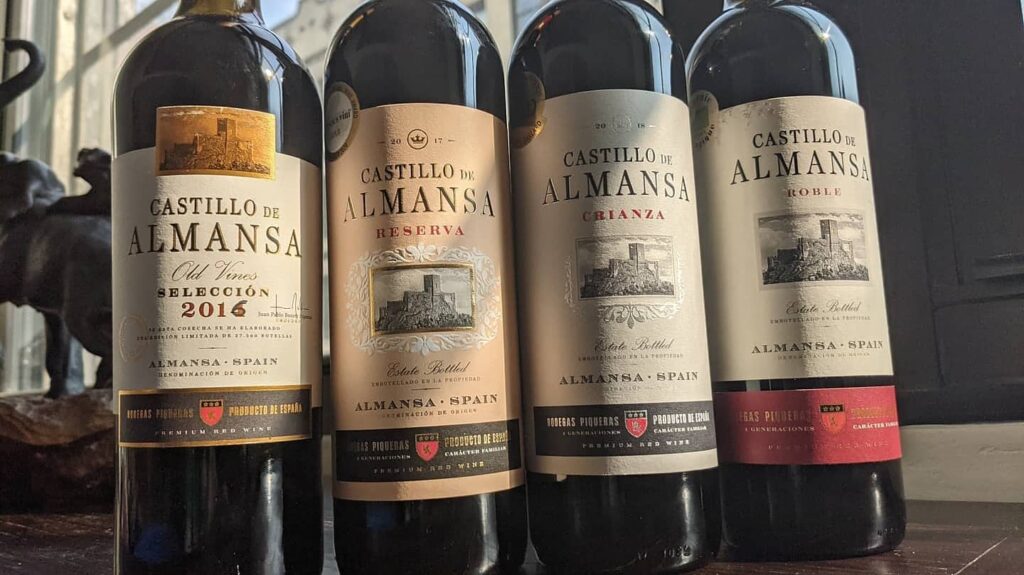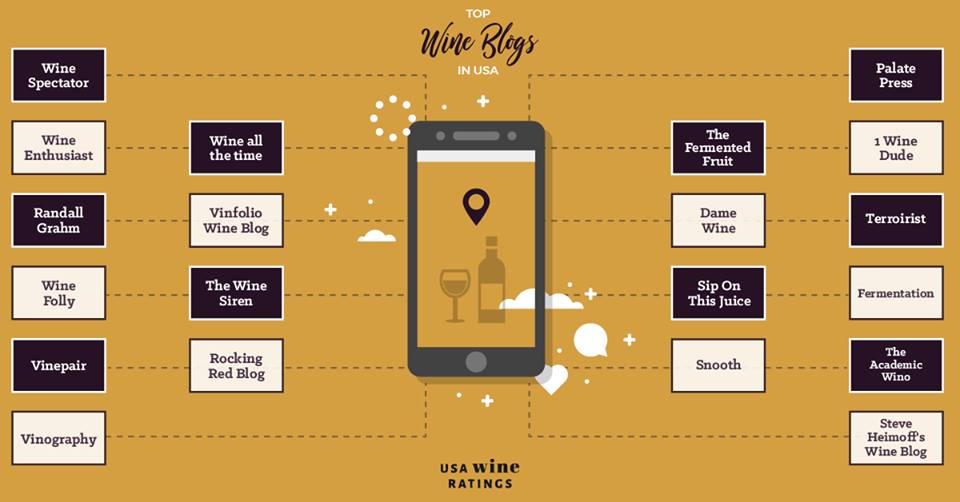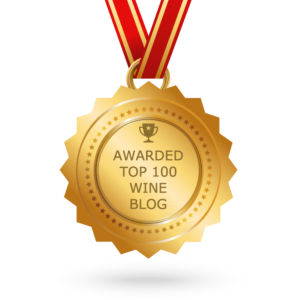Just like there is no other color on Earth like the electric saffron hue of an erupting volcano, there are no other sounds exactly like the rumbling, hissing and roaring that accompany an explosion of molten rock and the streams of lava that follow. Since the 19th of September, the Cumbre Vieja volcano on the island of La Palma, one of the main Spanish Canary Islands, has been erupting with several streams of lava flows that have covered over 3,000 acres, destroyed around 2,900 buildings and forced thousands of people to abandon their homes. The tens of thousands of people still living on La Palma, as well as holiday visitors who want to witness the volcano, are attentively waiting to see if there are indeed big cracks beginning to show in the volcano that could possibly indicate its future collapse. Over 20 years ago, an academic paper suggested that such a collapse could cause a mega-tsunami that would be so powerful that it would affect the Eastern coastline of North and South America. But there are many experts that question if that would even be possible as there is no geological evidence to such a theory and that not only does a tsunami seem unlikely but that a collapsed volcano on the Canary Islands seemed just as unlikely. But a tsunami is still a slight possibility for La Palma and although the theory of a mega-tsunami has no merit, the idea that any tsunami would be devastating to La Palma as well as the other main Canary Islands is a very real potential risk that is being closely examined.
Some people on the island may look at the erupting volcano as a thrilling adventure, some as a tragic force of Mother Nature that has decimated their homes and others as a trigger for their anxiety of waiting for the other shoe to drop. Sometimes that fear will make people imagine sounds that are indicating the cracking of the volcano and make them wonder if it is worth it to abandon their homes as a gigantic tsunami wave can arrive quickly and wipe out every living thing in its path. The Canary Islands, which are technically part of Spain but physically much closer to Africa, are unique as a wine region for so many reasons and this latest challenge of the potential ramifications of an erupting volcano that has been going for almost three months as well as a stream of lava pouring into the Atlantic ocean is the latest in the immense challenges they face as a wine region known to very few who haven’t visited them.
Seven of the Canary Islands make commercial wine with the island of Fuerteventura having their first legally instated winery starting just a few years ago yet there are two islands whose wines are most seen in exports markets: Lanzarote island and Tenerife island.
Lanzarote Island
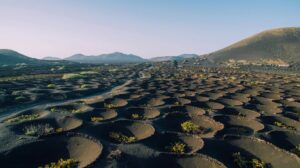
Photo Credit: Bodega Los Bermejos
The Lanzarote island is under one wine appellation designation called Lanzarote DO as the island of Tenerife is the only one with more than one sub-appellation designation. A volcanic eruption that lasted several years, almost 300 years ago, made Lanzarote a place that even today seems like a visit to another planet. Black lava covers a quarter of the island including what was once some of the most fertile soil making it today inhabitable for most vegetation yet in the sections where there is a thinner layer of lava, vines can be planted as their roots are able to reach the soil underneath the black ash to take in the necessary nutrients to survive. It is interesting to think of the current erupting volcano on the La Palma island and the idea that a significant amount of its landscape may end up mirroring that of the black ash covered section on Lanzarote. Right now most quality producers on La Palma make wines in quantities that are too small to be exported but hopefully that will change in the future although this year has been one of the most challenging according to wine expert Master Sommelier Evan Goldstein; not only have many of the vineyards been damaged by “lava flow or ash” but a heatwave in August “destroyed between 80 to 90% Malvasia grapes” as Evan drew attention to the reporting in Decanter which noted such facts.
Lanzarote has a unique training system called hoyos which includes digging sloping holes into the black lava so not only can the roots easily reach the soil underneath the black lava but that it also provides protection from fierce winds; Lanzarote’s subtropical-desert climate is slightly cooler during the summers compared to the other islands although it is the windiest and driest. A rock wall that is built around each hoyo also assists in combating the intense winds. Newer vineyards are planted where there is a shallow layer of black lava and so vines can be planted in trenches with rock walls lining them and although the newer vineyards can producer slightly higher yields than those in the hoyos, it is still low in comparison to the rest of the world’s average yields.
Ferran Centelles, who was a sommelier at the world-renowned El Bulli for 13 years until it closed (El Bulli was the Adrià brothers’ legendary restaurant in Catalonia, Spain that was voted the world’s best restaurant for many years in a row), noted that “some of the most expensive land for vineyards in Spain” was in the Canary islands due to the complications of the place as well as luxury hotels willing to pay a high price for land. But despite having such a high overhead and an overall unique quality, the wines of the Canary Islands have been generally under-priced. For example, the most commonly found wine from the Lanzarote island is from Bodegas Los Bermejos and it is called Malvasía Volcánica Secco which retails around $20. But as time goes on, a few producers are commanding higher prices for special bottlings as they know that it is the only way for quality wine to survive in the Canary Islands.
Tenerife Island
Ferran explained that the Canary Islands have a climate that is more similar to the country of “Columbia than any place in Spain” yet the tropical climate is moderated by intense winds and vineyards planted at higher altitudes; actually the island of Tenerife has some of the highest vineyards in Europe that go up to 5,250 feet compared to the highest in Switzerland, often noted as having the highest vineyards in Europe, which only reach 3,800 feet. Tenerife is much more of a tropical paradise compared to the otherworldliness of Lanzarote but since it is the largest island among the Canary Islands it has different micro-climates, hence five different sub-regions are designated for wine, and its climate can generally be broken up into a major difference from the north to the south. Actually Tenerife is the home to the fourth-highest volcano in the world, called Mount Teide, and it is so massive that it does affect weather patterns as the clouds get trapped by Mount Teide making the northern wine sub-regions wetter and cooler and the southern sub-regions drier and hotter.
But Tenerife is also the home of a quality wine revolution with wine producer Juan Jesus, a native of Tenerife and a fourth generation grower, leading the way. Juan juggles teaching classes as a professor of viticulture and enology who is also assisting the Rovira and Virgili University in Tarragona, Spain to study, catalog and preserve the indigenous varieties of the Canary Islands with being a grape grower and winemaker. “Juan Jesus was the first to propose single varietal wines in the Canary Islands,” explained Ferran Centelles. Placing a stronger focus on understanding each variety by bottling 100% of that grape was important in understanding the best way to grow and vinify each grape variety, hence making even the wines that were made out of a blend of varieties that much better. Native grape varieties such as the Vijariego Blanco are only known today because of the work of Juan Jesus and his winery Bodegas Viñátigo.
The Greatest Fear Dominates
Everyone around the globe is living during unprecedented times as a pandemic still rages on with new mutations and a seemingly endless amount of new challenges yet such an event that could never have been foreseen by most is making many people question their choices in life. As the Great Resignation of people leaving their jobs in droves is making employers offer better pay and flexibility to retain talent, it makes one think how many people stayed in jobs that made them miserable or even were detrimental to their mental health simply because they were afraid; afraid of an unknown future of being able to support themselves, afraid of having no sense of purpose according to society’s standards if they were to push back against an unhealthy work culture. Yet the pandemic turned everything on its head as those who did everything right in life lost their job, their business, some even lost their lives when Covid first ambushed the world. And those that survived with their lives, health, jobs or business intact witnessing the immense tragedy of it all decided that they were tired of their lives being driven by minuscule fears when they didn’t even think to fear one of the worst things that actually ended coming true… a global pandemic.
And the Canary Islands wine regions find themselves looking at the slight risk of a tsunami that seems just as unlikely as a global pandemic and certainly the odds are with them that it will not happen. But instead of waiting for one of the worst disasters imaginable to happen so one can realize what is important in life, there are some producers who are already taking a stand; they will not allow luxury hotels to wipe out all the vineyards and native grape varieties. There are some wine producers who will put it all on the line to invest in Canary Islands’ quality wines and find a place for their beloved vineyards and varieties among the hearts of wine drinkers around the world. Because the fear of failure, or fear of great financial loss or even the fear of a natural disaster of epic proportions are all nothing compared to their greatest fear of having the potential of their vineyards and varieties never known.
***This article was originally published in Forbes: https://www.forbes.com/sites/cathrinetodd/2021/12/15/wines-made-on-spanish-islands-with-erupting-volcano-and-tsunami-warning/
***The photo below as well as the second from the top are credited to Mikhail Lipyanskiy. Please checkout his photography via his website or Instagram page.
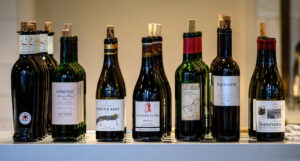
Photo Credit: Mikhail Lipyanskiy
2020 Bodegas Los Bermejos, Malvasia Volcanica Secco, Lanzarote DO, Lanzarote Island, Canary Island: 100% tank-aged Malvasía Volcánica. Malvasía Volcánica is considered a native variety that is a cross of Malvasia di Lipari and Marmajuelo. This white wine has a nose of saline minerality with hints of lemon confit and fresh acidity on the palate with wet stones and citrus blossom on the finish.
2019 Bodegas Viñátigo, Vijariego Blanco, Ycoden Daute Isora DO, Tenerife Island, Canary Islands: 100% Vijariego Blanco. Ferran Centelles notes that Bodegas Viñátigo wines, even a white wine like this one, have great aging potential. An excellent backbone of mouthwatering acidity with complex notes of fresh sage, chalky minerality and lemon blossom that had a linear energetic body with a lemon zest lift on the finish.
2020 Suertes del Marqués ‘Trenzado’ Valle de la Orotava DO, Tenerife Island, Canary Islands: White blend of Listán Blanc, Pedro Ximénez, Vidueño and other grape varieties. Another favorite producer by Ferran Centelles who stated that this wine producer “touches the wines like no one else in the Canary Islands.” Smoky minerality with roasted almonds and crisp acidity that had juicy peach flavors.
2018 Bodegas Frontón de Oro, Tintilla, Gran Canaria DO, Gran Canaria Island, Canary Islands: 100% Tintilla which is believed to be related to Trousseau which is an old variety that originates from eastern France. The Gran Canaria island is one of the other main islands where wine is made. Black pepper and fresh rosemary on the nose that creates a very aromatic red that is accompanied by a nimble body with flavors of blackcurrants.
2020 Bodegas Monje, Tinto Hollera Carbónic, Tacoronte-Acentejo DO, Tenerife Island, Canary Islands: 100% Listán Negro is a red native grape variety of the Canary Islands and it is a cross between Listán Blanco and Negramoll. Hollera is the name of the vineyard from which the fruit for this wine comes; 40-60 year old Listán Negro vines, fermented with semi-carbonic maceration technique. Bright candied red fruit that is balanced by broken earth and savory spices with round tannins and good mid-palate weight.
2019 Bodegas Tajinaste, Valle De La Orotava Tinto Tradicional, Valle de la Orotava DO, Tenerife Island, Canary Islands: 100% Listán Negro. Agustín García Farrais is the third generation running this island winery and one-fifth of the fruit undergoes carbonic maceration. Black cherries and graphite make this wine really intriguing right off the bat with juicy fruit and some structure to the tannins that give it a beautiful elegance.
2018 Sortevera, Tinto, Tenerife Island, Canary Islands: Red blend of Vijariego Negro, Listán Negro, Listán Gacho, Mulata, Moscatel Negra and Tintilla. A wine that has gained favorable attention by international wine critics as it is a collection of different vineyards that contain ancient field blends in Taganana located in the northeast of Tenerife. Smoldering earth with ripe blackberries and crushed rocks that has an enticing floral note in the background with finely etched tannins. This is one of the fine wines that is emerging from the Tenerife Island and it is a new joint venture between Suertes del Marqués (the third wine producer listed in the tasting notes above) and grape grower Alonso Ramos from Taganana in the northeast of Tenerife, who had started working with Envínate which is one of the most outstanding producers in Spain right now let alone the Canary Islands.

